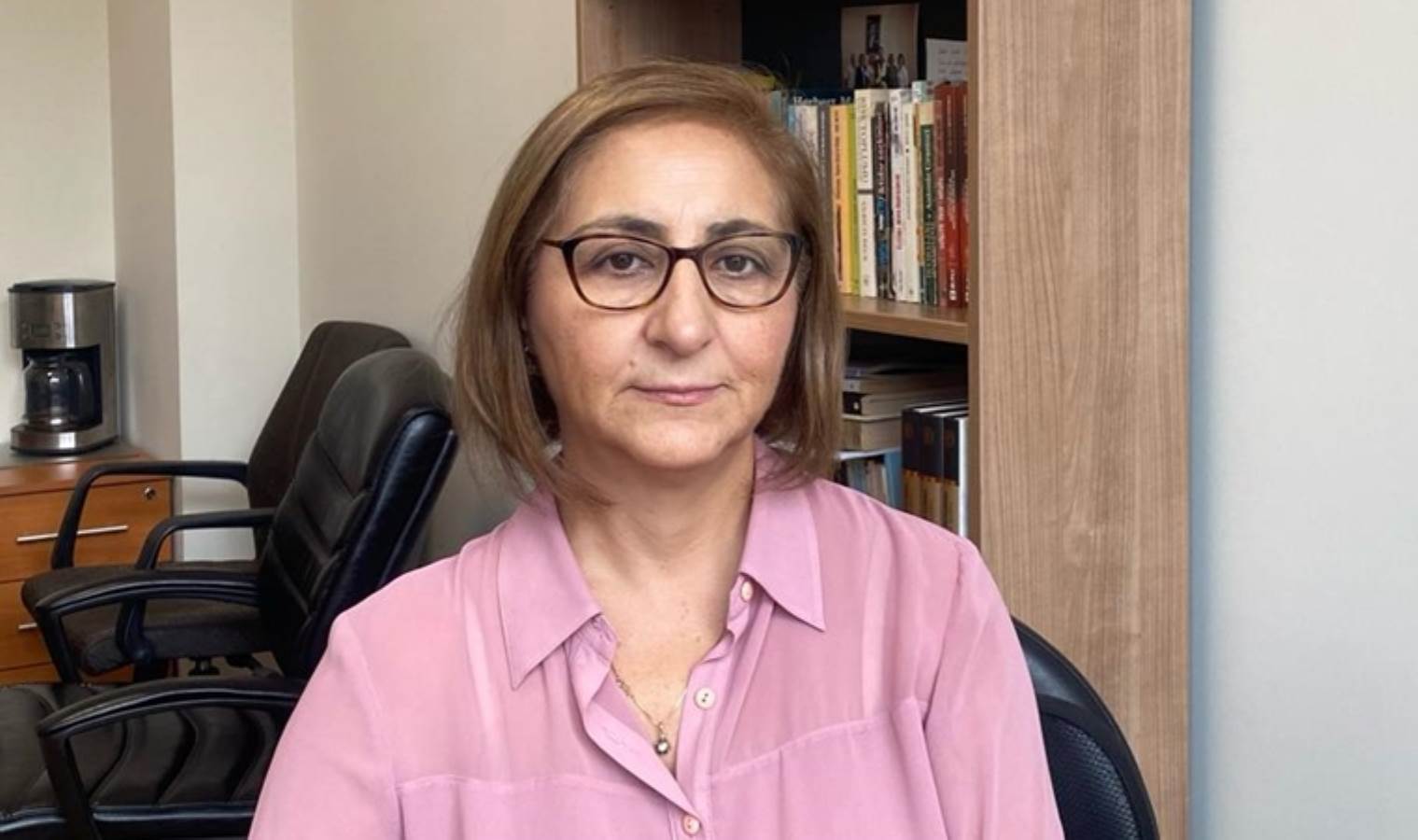Breaking the glass screen: Women’s role in Turkish media
In an era where media's influence on societal norms is more potent than ever, the representation of women within this powerful realm remains a pressing issue. Prof. Dr. Nilüfer Timisi, a distinguished member of the Istanbul University Communication Faculty and an expert in Gender and Media studies, offers her profound insights into this complex landscape.

Prof. Dr. Nilüfer Timisi, a faculty member at Istanbul University Communication Faculty, delves into the complexities of women's representation in media leadership. "We need to view women's roles in the media from multiple angles," she asserts, emphasizing both their portrayal in media content and their employment in the sector. With her extensive background in Gender and Media studies, Prof. Timisi is adept at navigating these nuanced issues.
Prof. Timisi underscores the dual challenge women face in media: "Firstly, the representation of women in media content needs addressing. Then, there's the issue of their representation within the media workforce." She elaborates on the media's powerful role as both a mirror and a molder of societal perceptions, particularly in the context of gender norms.
Reflecting on the journey of women's rights since the Republic's establishment a century ago, she notes the significant advances initiated in the Ottoman era and furthered by Atatürk's influence. However, she also recognizes that the path to gender equality remains fraught with challenges.

"The media isn't just dispensing information; it's actively shaping our perceptions and reconstructing our reality," Prof. Timisi points out, highlighting the media’s critical role in shaping societal views about gender. This influence is particularly profound in the context of gender, where media portrayals often limit women to traditional roles, thereby influencing societal perceptions of their capabilities and reinforcing existing gender biases.
She then turns to the gender disparity in media employment, noting that despite an increase in women entering journalism, their representation, particularly in leadership roles, is worryingly low. "This imbalance isn't due to a lack of women's desire or capability but is a manifestation of the glass ceiling they encounter," Prof. Timisi explains. This ceiling, she elaborates, comprises societal prejudices and practical challenges, like career interruptions due to family commitments.
Discussing the portrayal of women in media, Prof. Timisi notes a troubling trend: "Even with some diversification in roles, women are often depicted in dependent, traditional roles, frequently underlined by themes of violence and domesticity." This narrow portrayal, she argues, perpetuates a stereotypical view of women's roles in society.
The conversation shifts to the impact of societal and civil activism in challenging these media stereotypes. "Society's role in advocating for more equitable and diverse representation is crucial," Prof. Timisi states. She highlights the importance of increasing female representation in media decision-making roles as a key driver for change.
In her concluding remarks, Prof. Timisi offers a global perspective: "When comparing Turkey to international trends, the patterns of gender disparity in media representation are strikingly similar worldwide." This observation underscores the ongoing need for concerted efforts toward achieving gender equality in the media sector, a mission that continues to face obstacles and necessitates persistent advocacy.
Most Read News
-
 EU extends sectoral sanctions on Russia
EU extends sectoral sanctions on Russia
-
 Southern Europe swelters as 2025’s first major heatwave
Southern Europe swelters as 2025’s first major heatwave
-
 At least 8 killed in blast at southern Indian pharma fac
At least 8 killed in blast at southern Indian pharma fac
-
 Irish band voices support for Palestine during Istanbul
Irish band voices support for Palestine during Istanbul
-
 UK lawmakers call on government to 'urgently' create Ukr
UK lawmakers call on government to 'urgently' create Ukr
-
 Iran slams IAEA silence to Israeli-US attacks, demands a
Iran slams IAEA silence to Israeli-US attacks, demands a
-
 Russia regrets Azerbaijani decision to cancel cultural e
Russia regrets Azerbaijani decision to cancel cultural e
-
 Germany ‘deeply concerned’ over deadly Israeli strikes n
Germany ‘deeply concerned’ over deadly Israeli strikes n
-
 UN chief warns of ‘decimated’ aid budgets at development
UN chief warns of ‘decimated’ aid budgets at development
-
 Gaza death toll tops 56,500 as Israel continues genocida
Gaza death toll tops 56,500 as Israel continues genocida










